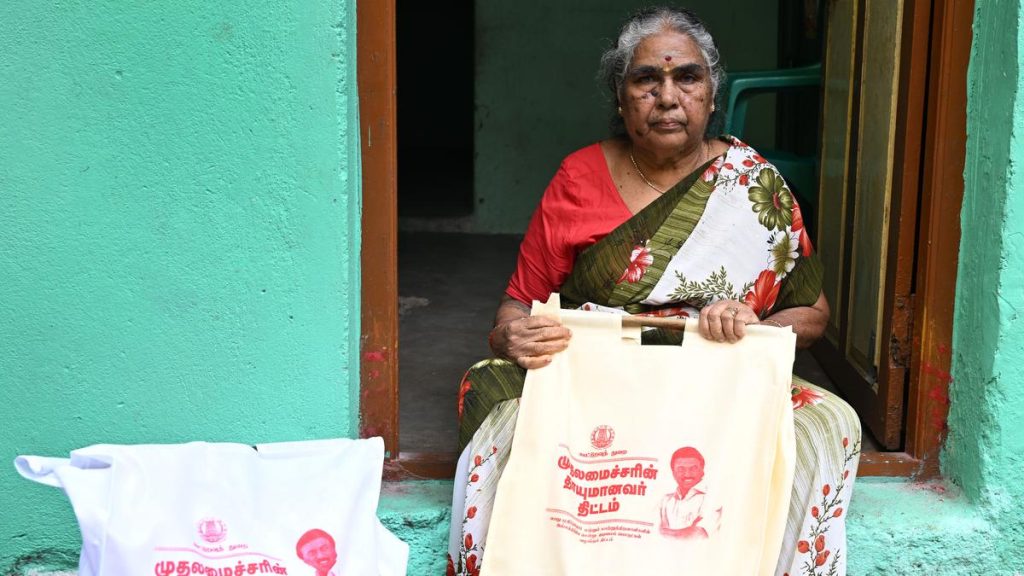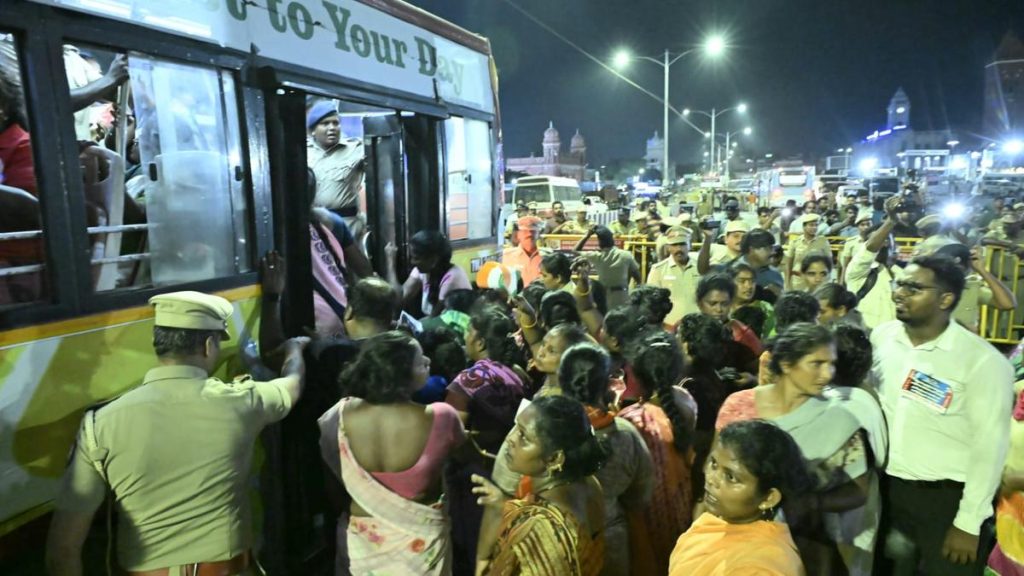Now Reading: City to Map Stormwater Drainage Network
-
01
City to Map Stormwater Drainage Network
City to Map Stormwater Drainage Network

Swift summary
- The Greater Hyderabad Municipal Corporation (GHMC) will conduct a GIS-based survey and mapping of storm water drains as part of its proposed storm water master plan.
- The mapping involves using geographic data system (GIS) technology on a base map created via drone survey to collect data on drain locations,dimensions,connectivity,culverts,catch pits,and geospatial coordinates.
- Objectives of the survey include analyzing flow patterns, flood risk assessment and mitigation, simulating rainfall impact, improving infrastructure planning/management, real-time monitoring during heavy rainfall events, and enhancing emergency response systems.
- Visual maps from this initiative aim to promote community awareness and enable citizen reporting for better management of local drainage systems.
- GHMC has received government approval to proceed with tendering for selecting consultants for the master plan development in the Telangana Core Urban Region. Hydraulic and hydrologic modeling will be integral parts of this plan.
- Benefits cited include urban flood mitigation; reduction in stormwater pollution; support for aquatic ecosystems; improved drainage infrastructure prioritization; sustainable city development planning; and mitigation of health/environmental risks associated with flooding.
Indian opinion Analysis
The GIS-based surveying initiative by GHMC is indicative of its forward-thinking approach to urban infrastructure management amid growing challenges like urban flooding caused by extreme weather events in India. The integration of advanced technologies such as drone surveys and hydrological modeling into city-level planning sets a precedent that other municipalities across India might consider replicating.
This move aligns with broader efforts toward “smart city” transformations-notably regarding water resource management-and will likely have positive long-term implications for Hyderabad’s residents in terms of safety during monsoons as well as environmental sustainability.However, given the complexity involved in implementing large-scale geo-mapping projects coupled with reliable citizen engagement processes over time-monitoring execution progress transparently will remain critical for realizing stated outcomes efficiently across targeted zones without cost overruns or delays unnecessarily spiraling downstream analysis!
Read more: Link provided
























